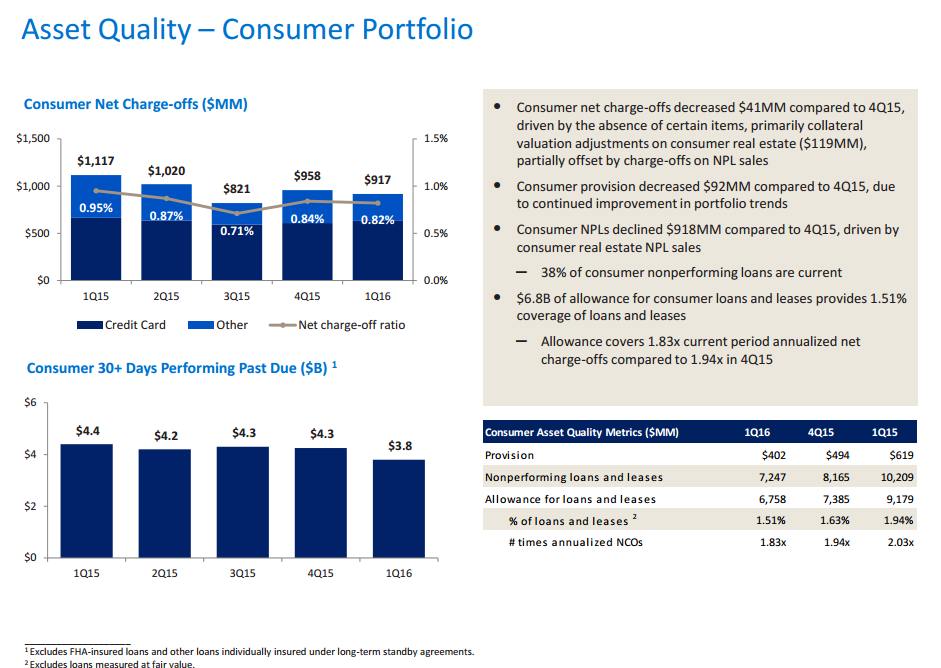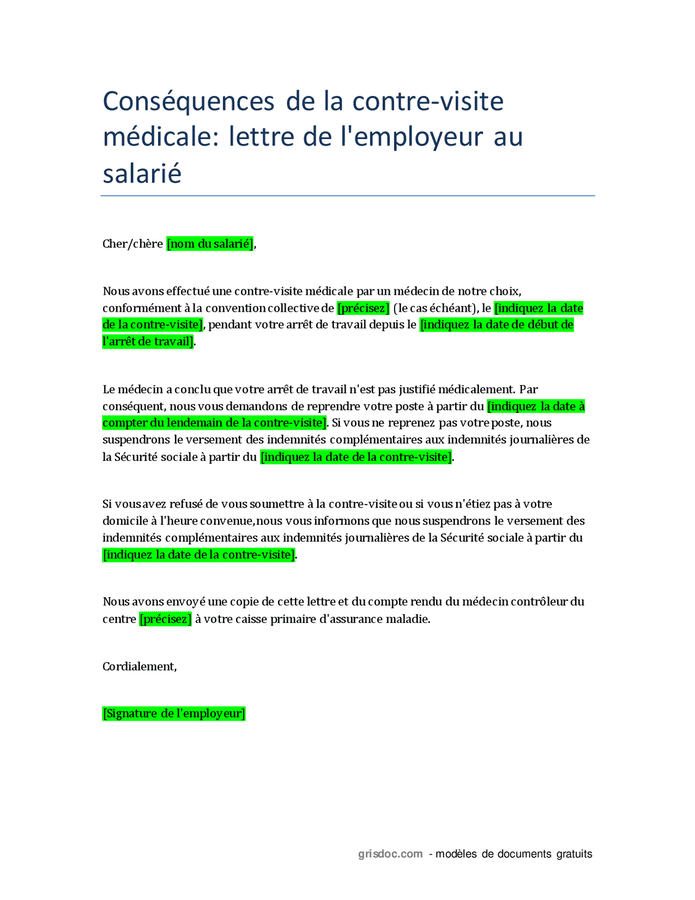Trump's Plan: A National Registry Of Sanctuary Jurisdictions

Table of Contents
The Genesis of the Plan
The proposed national registry of sanctuary jurisdictions emerged from a complex political landscape fueled by heightened concerns about illegal immigration and perceived failures of existing immigration enforcement mechanisms. Several factors contributed to its conception:
- Increased Illegal Immigration Concerns: Rising numbers of undocumented immigrants entering the United States created anxieties about border security and national safety. This fueled calls for stricter enforcement of immigration laws.
- Perceived Failures of Existing Immigration Enforcement: Critics argued that existing immigration enforcement strategies were insufficient, leading to a belief that sanctuary jurisdictions hampered federal efforts to remove undocumented immigrants.
- Trump's Campaign Promises on Immigration: During his presidential campaign, Donald Trump made strong statements about cracking down on illegal immigration and targeting sanctuary cities, setting the stage for this policy proposal.
- Congressional Pressure: Pressure from members of Congress who favored stricter immigration enforcement further propelled the idea of a national registry to identify and potentially penalize sanctuary jurisdictions.
Defining "Sanctuary Jurisdictions"
The term "sanctuary jurisdiction" lacks a universally agreed-upon definition, leading to significant legal ambiguities. This ambiguity complicated the process of identifying and targeting jurisdictions for inclusion in the proposed registry. Interpretations vary widely:
- Different Levels of Sanctuary Policies: Sanctuary policies exist at various governmental levels – local, county, state – and the specific policies vary significantly in their scope and enforcement. Some jurisdictions might limit cooperation with federal immigration authorities on certain matters, while others might have broader policies aimed at protecting undocumented immigrants.
- Policies Related to Cooperation with Federal Immigration Authorities: A key element of contention involves the degree to which local law enforcement agencies cooperate with Immigration and Customs Enforcement (ICE) in identifying and detaining undocumented immigrants. This cooperation varies widely across different jurisdictions.
- Variations in Enforcement of Federal Immigration Laws: Some jurisdictions actively work to limit enforcement of federal immigration laws within their boundaries, creating conflict with federal authorities. This lack of uniform enforcement across jurisdictions made the creation of a comprehensive registry challenging.
- The Legal Challenges to Defining and Identifying Sanctuary Jurisdictions: The varying interpretations of "sanctuary jurisdiction" have led to numerous legal challenges, with courts grappling with the definition and its implications for federal authority.
The Proposed Registry's Mechanics
The proposed registry aimed to systematically identify and track jurisdictions deemed "sanctuary" by the federal government. The mechanics involved data collection and reporting requirements, along with potential penalties for non-compliance.
- Data Sources (local/state government records): The proposed registry relied on information gathered from various local and state government sources, including police records and immigration-related policies.
- Verification Processes: Mechanisms were to be implemented to verify the accuracy of the collected data and ensure the accurate identification of sanctuary jurisdictions. This verification process, however, proved highly contentious.
- Reporting Frequency: Jurisdictions were to be required to report regularly on their policies and practices related to immigration enforcement. The proposed frequency of reporting was a point of contention.
- Potential Sanctions (funding cuts, legal action): The Trump administration proposed various sanctions for non-compliance, including cuts to federal funding and legal action against non-cooperative jurisdictions.
- Privacy Concerns and Data Security: The collection and storage of sensitive data raised significant concerns about individual privacy and the security of the collected information.
Legal and Political Challenges
The proposal for a national registry faced immediate and sustained legal and political challenges.
- Due Process Concerns: Critics argued that the plan violated due process rights, as it could lead to the punishment of jurisdictions without providing proper legal proceedings.
- Tenth Amendment Challenges (states' rights): The proposal was challenged on the grounds of violating the Tenth Amendment, which reserves powers not delegated to the federal government to the states and the people.
- Arguments Regarding Federal Overreach: Opponents argued that the federal government was overstepping its authority by attempting to dictate local and state law enforcement policies.
- Political Backlash and Protests: The proposal sparked widespread political opposition and protests from various groups, including immigrant rights organizations and local governments.
- Shifting Legal Landscape and Court Decisions: Numerous lawsuits were filed, and court decisions further shaped the legal landscape surrounding the legality and feasibility of the registry.
Impact on Federal Funding
A key element of the proposed registry was the potential for withholding federal funding from sanctuary jurisdictions.
- Potential Loss of Funding for Various Programs: The threat of losing federal funding impacted various essential services provided by local and state governments.
- The Effect on Essential Services: The potential loss of funding raised serious concerns about the impact on critical public services such as law enforcement, healthcare, and education.
- Litigation Surrounding Funding Cuts: The legality of using federal funding as a tool to pressure jurisdictions into complying with the registry was extensively litigated.
Long-Term Implications and Current Status
The proposed national registry, though ultimately not fully implemented in the form initially conceived, had profound and lasting implications.
- Impact on Immigration Enforcement: The proposal significantly influenced the ongoing debate about the role of local and state governments in immigration enforcement.
- Effects on Immigrant Communities: The registry's intended and unintended consequences significantly affected immigrant communities, raising fears and uncertainty.
- Changes in Local and State Policies: The proposal led to a reassessment of local and state policies related to immigration, with some jurisdictions modifying their practices in response to the federal government's actions.
- Ongoing Legal Battles: Legal challenges related to the registry and its implications continue to shape immigration policy and federal-state relations.
- The Legacy of the Proposed Registry: The proposal left a lasting legacy on the national conversation about immigration, federalism, and the balance of power between federal and state governments.
Conclusion
Trump's proposed National Registry of Sanctuary Jurisdictions was a complex and highly controversial initiative. Its aim to identify and potentially penalize jurisdictions deemed to be harboring undocumented immigrants sparked intense debate and legal challenges. The proposal highlighted the tension between federal immigration enforcement and local autonomy, raising significant concerns about due process, states' rights, and the potential for federal overreach. Understanding the intricacies of this proposal is crucial for informed participation in the ongoing dialogue surrounding immigration policy and federal-state relations. Further research into the legal challenges and long-term effects is essential to shaping effective solutions for the future. Continue exploring the complexities of Trump's plan for a national registry of sanctuary jurisdictions and engage in respectful discussion on this critical issue.

Featured Posts
-
 You Tube A New Home For Classic Tv And Shows For Older Viewers
Apr 29, 2025
You Tube A New Home For Classic Tv And Shows For Older Viewers
Apr 29, 2025 -
 Did Trumps China Tariffs Hurt The Us Economy An Examination Of Inflation And Supply
Apr 29, 2025
Did Trumps China Tariffs Hurt The Us Economy An Examination Of Inflation And Supply
Apr 29, 2025 -
 American Expat Life In Spain One Returned One Stayed Why
Apr 29, 2025
American Expat Life In Spain One Returned One Stayed Why
Apr 29, 2025 -
 Canoe Awakening A Celebration Hosted By The Culture Department
Apr 29, 2025
Canoe Awakening A Celebration Hosted By The Culture Department
Apr 29, 2025 -
 Stock Market Valuation Concerns Bof A Offers A Different Perspective
Apr 29, 2025
Stock Market Valuation Concerns Bof A Offers A Different Perspective
Apr 29, 2025
Latest Posts
-
 Exposition D Art Post Rencontre Avec Sylvester Stallone
May 12, 2025
Exposition D Art Post Rencontre Avec Sylvester Stallone
May 12, 2025 -
 Une Rencontre Inattendue L Histoire De La Visite De Stallone A L Atelier D Une Artiste
May 12, 2025
Une Rencontre Inattendue L Histoire De La Visite De Stallone A L Atelier D Une Artiste
May 12, 2025 -
 Rencontre Exceptionnelle Sylvester Stallone Et L Artiste De Renommee Mondiale
May 12, 2025
Rencontre Exceptionnelle Sylvester Stallone Et L Artiste De Renommee Mondiale
May 12, 2025 -
 Exposition D Art Rencontre Avec L Artiste Et Visite De L Atelier Apres La Visite De Stallone
May 12, 2025
Exposition D Art Rencontre Avec L Artiste Et Visite De L Atelier Apres La Visite De Stallone
May 12, 2025 -
 Kojak Tv Guide Itv 4 Air Dates And Times
May 12, 2025
Kojak Tv Guide Itv 4 Air Dates And Times
May 12, 2025
